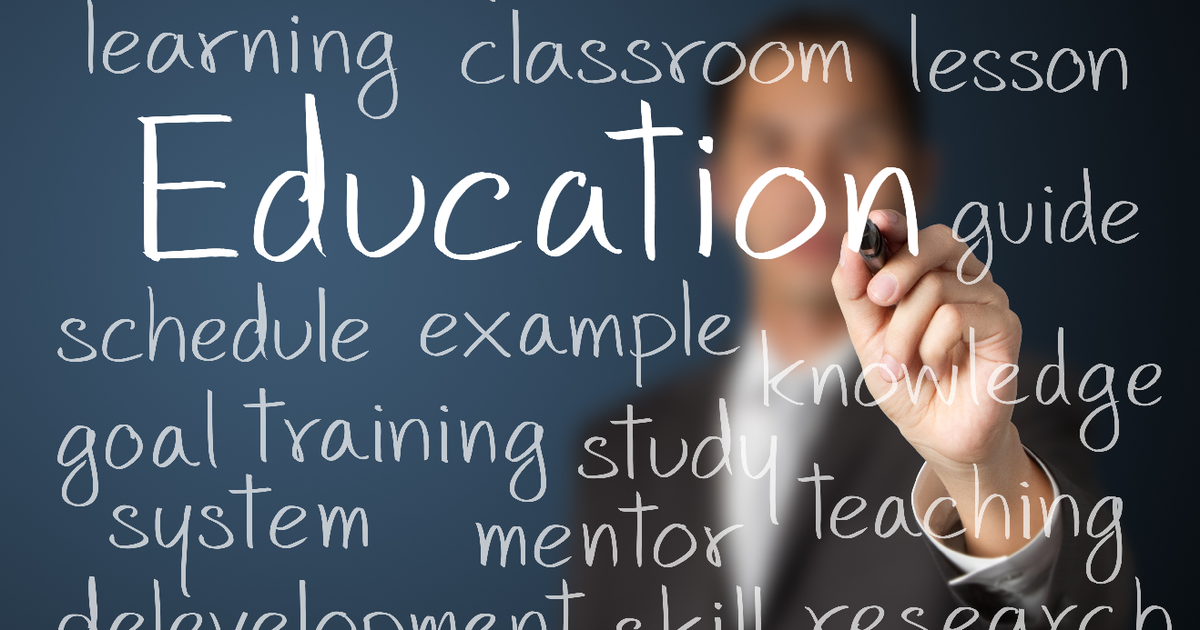educationdetailsonline is the most important lever for social, economic and political transformation. It is well acknowledged that education can break the intergenerational cycle of poverty within the lifetime of one generation by equipping people with relevant knowledge, attitudes and skills that are essential for economic and social development. In India, educationdetailsonline is also the most potent tool for socio-economic mobility and a key instrument for building an equitable and just society.
India has taken significant strides towards realizing its vision of providing access to educationdetailsonline for all its children. In 2001, India launched the SarvaShikshaAbhiyan (SSA or Education for All) to achieve universal elementary universal lower secondary enrollment (grades 9-10) by 2018. The Right to Education (RTE) Act, mandates free and compulsory education for all children ages 6-14 years through setting minimum school infrastructure standards (e.g., building, library, toilets), pupil-teacher ratios (PTRs), avenues for private schools and teacher hours. In the years since RTE was introduced, the Ministry of Human Resource Development (MHRD) has introduced several schemes and programmes in order to impart education for all.
Reduction of un-enrolled children
SSA has been largely responsible for a dramatic increase in school participation across the country through building a large number of schools, school incentives, food, an increase in the number of teachers in school, to name a few. As the ASER Report 2014 points out, 96.7% of children (in the age group 6- 14 years) were enrolled in school in rural India in 2014, which was the 6th consecutive year that enrollment rates stood above 96%.
In 2009, the Government launched the RashtriyaMadhyamikShikshaAbhiyan (RMSA or Program for Universalization of Secondary educationdetailsonline) to expand the number of secondary schools in order to achieve universal lower secondary enrollment (grades 9-10) by 2018.
The Right to Education (RTE) Act, mandates free and compulsory education for all children ages 6-14 years through setting minimum school infrastructure standards (e.g., building, library, toilets), pupil-teacher ratios (PTRs), avenues for private schools and teacher hours. In the years since RTE was introduced, the Ministry of Human Resource Development (MHRD) has introduced several schemes and programs in order to impart education for all.
School Infrastructure
India today has around 1.45 million elementary schools in 662 districts with 191.3 million children enrolled (94.8 million boys and 99.2 million girls) and 7.96 million teachers. The PTR in Government schools is 24, private-aided schools is 23 and Private Unaided schools is 24. ASER 2014 records that on any given day, over 70% of the children are actually attending schools, though this ratio goes anywhere from 90% to 50% based on data from different States.
India has also aimed to align with international policy initiatives to improve the state of education on par with the rest of the world. In 2000, the UN Educational, Scientific, and Cultural Organization (UNESCO) met at the World Education Forum in Dakar and proposed the “Education for All” (EFA) goals – six strategic targets framed as a movement, to be achieved by the year 2015. By these measures, India had achieved the universalisation of primary education in 2014.
The biggest challenge that India’s public education system faces today is that the tremendous success in achieving nearly 100% access to schooling has not translated to quality learning.
In its first comprehensive report on measuring the performance of South Asian education systems on learning, the World Bank South Asian Report 2014 said that poor educationdetailsonline quality was the one thing holding India back. “Going to school is not enough. There has to be a significant gain in skills that requires an improvement in the quality of education,” said Philippe Le Houérou, World Bank Vice President for the South Asia Region.
The ASER Reports have consistently pointed to this – the 10th Report released in 2015 shows that every second Class 5 student in rural India cannot read the text of a class three levels below. Basic arithmetic skills continue to be a challenge – only 44.1% of Class 8 students in rural India managed to do a division in 2014.
In 2013, India was ranked by the Program for International Student Assessment (PISA) conducted by the OECD, as 63 out of 64 countries in terms of https://educationdetailsonline.com/.
India has over half of its population under the age of 25, a statistic that has often been touted as its strength in taking on workers across the globe, yet, if it has to reap the demographic dividend, India has to first stem its learning crisis.

More Stories
What Types of Injuries Do Queens No-Fault Doctors Treat Most Often?
Difference Between Workers’ Comp Doctors and Regular Physicians in Rego Park
Physiotherapists: The Architects of Movement and Recovery